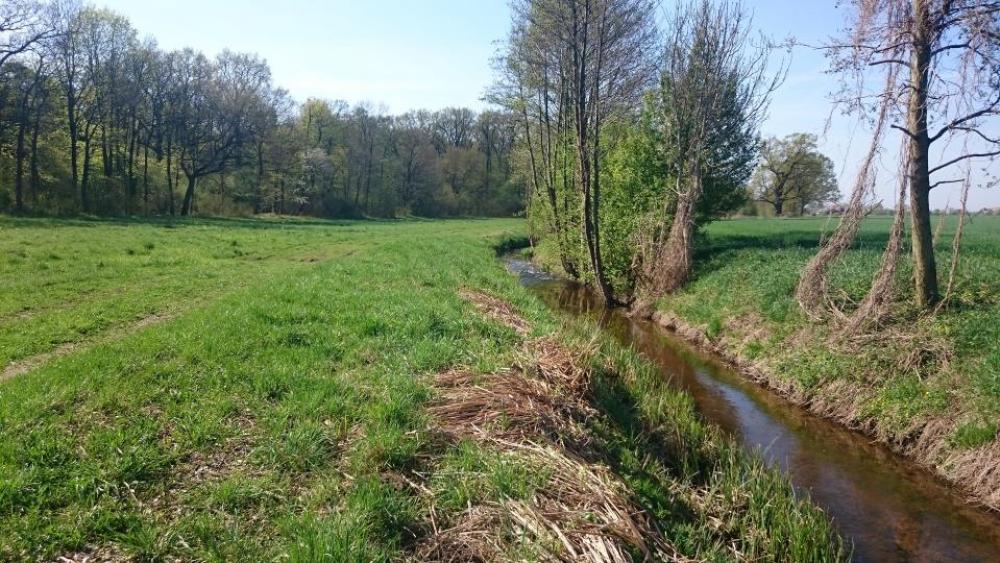
Terrestrial and aquatic ecosystems are interconnected and influence each other. This should also be taken into account in the planned EU soil strategy, IGB researchers say. | Photo: Dörthe Tetzlaff / IGB
The EU states that healthy soils are essential to meet climate and biodiversity goals under the European Green Deal. The IGB researchers answer that soil is not a static element but a dynamic system, in which the water cycle and the vegetation play a central role for its health and resilience.
A European soil monitoring should be harmonised and comparable, but also differentiated enough to consider regional characteristics. Data should be available for objective analysis following the FAIR principles.
The scientists underline the importance of an efficient EU soil strategy with clear rules and goals. However, without a CAP adjustment incentivising sustainable soil management, they expect that the success of the presented initiative will probably be very limited.




